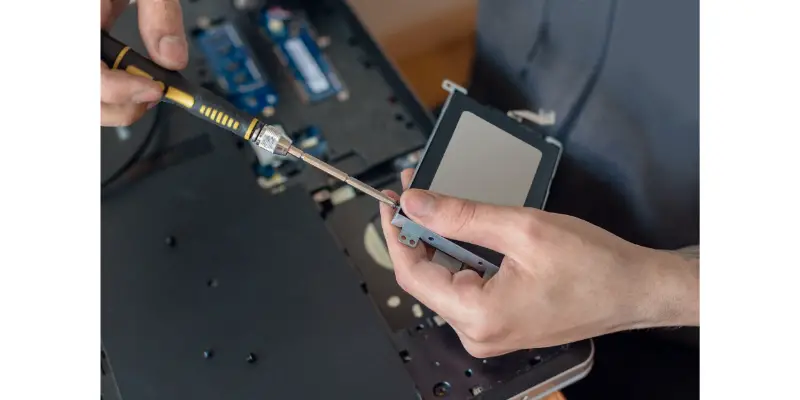

If you’re using a standard ATX motherboard, you may well have multiple PCIe slots, but in my case I had to ditch the graphics card, which was an acceptable compromise for me because I wasn’t using it anyway. Fortunately, any recent desktop will use PCIe for the graphics card, and my old PC was no exception.

I was really interested in the PCI Express/PCIe drives. So first I should point out that some M.2 drives actually use SATA, but I wasn’t interested in those as I could just connect a SATA SSD. You’ll see reference to rEFInd in the comments, but this is because I somehow got confused and thought I was using rEFInd instead of Clover. Similar steps can be followed for rEFInd, but that will only boot EFI/UEFI-based systems, whereas Clover can boot both BIOS and EFI/UEFI systems. This will work for booting both Windows and Linux, on systems with either BIOS or EFI/UEFI firmware. Fortunately, there is a way to get these super-fast storage devices working on older desktop PCs (unfortunately this won’t work on laptops). The old PC (an Alienware X51 R2) didn’t have a M.2 slot to accommodate an NVME drive, which is common on systems of that age (circa late 2013). NVME SSDs were quite cheap at the time, so I got myself a second hand 500GB Samsung OEM one commonly found in laptops.

Back in October when I set up my new Ryzen PC, I thought it might be good to get an NVME SSD for the older desktop as well – I’d pinched all the drives from it for the new PC, and I didn’t want to be stuck using my old, slow HDD.


 0 kommentar(er)
0 kommentar(er)
